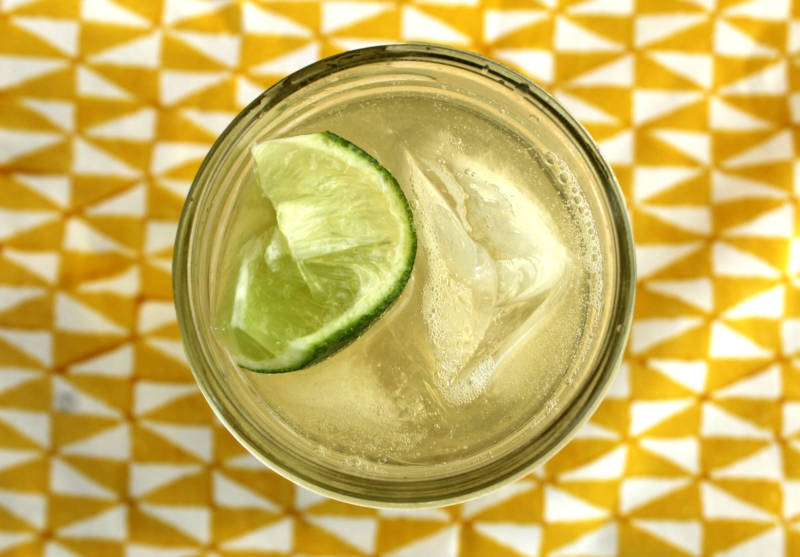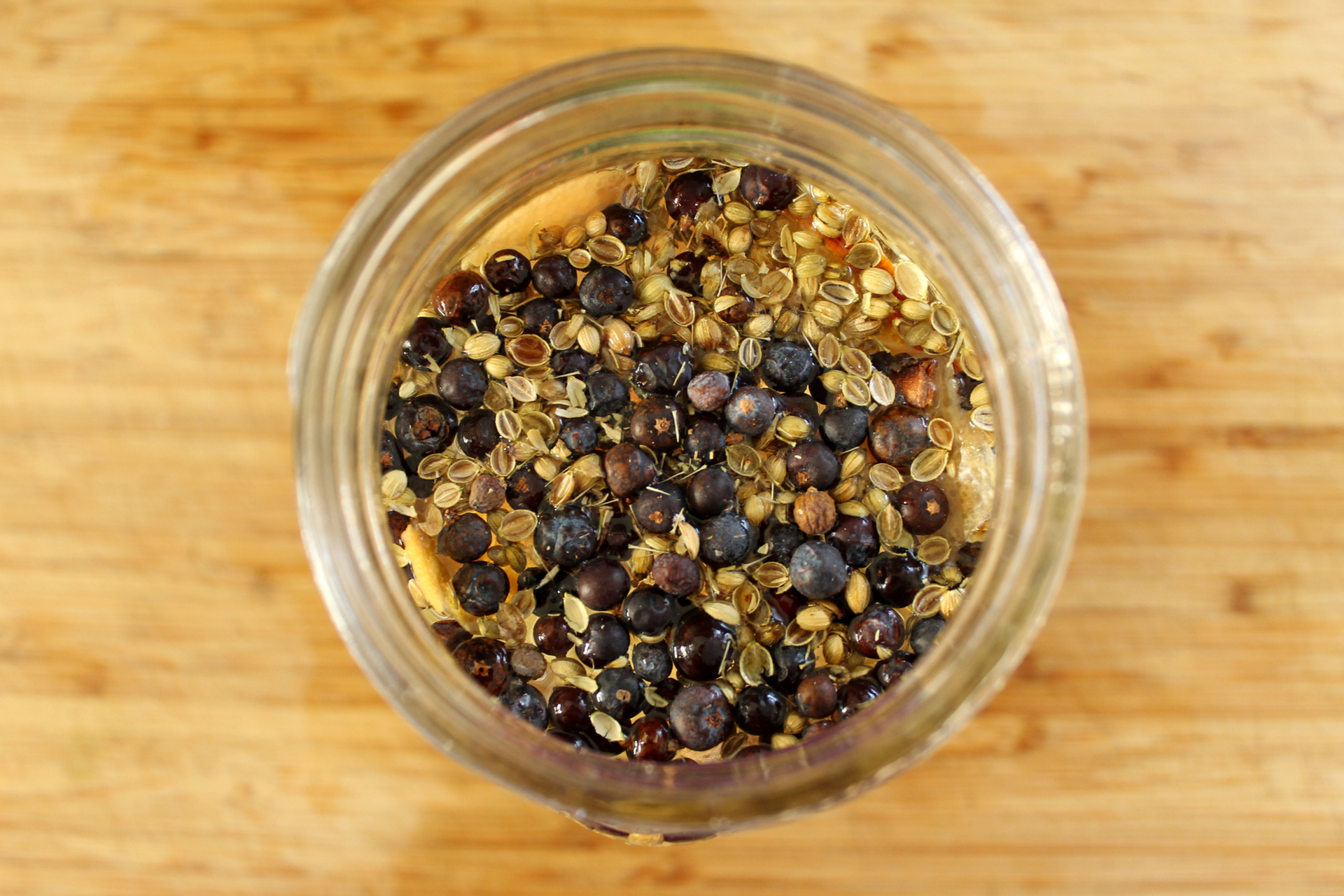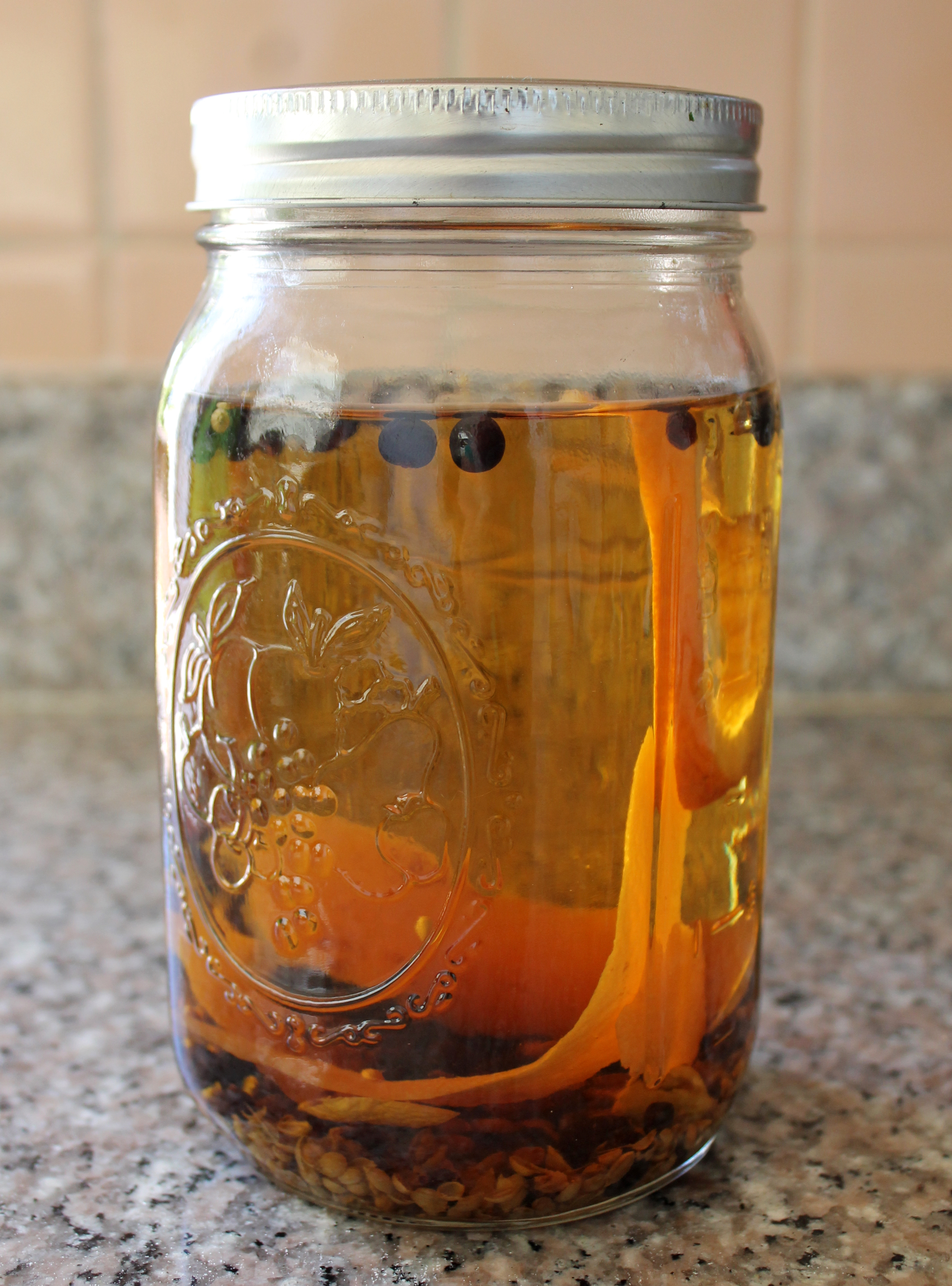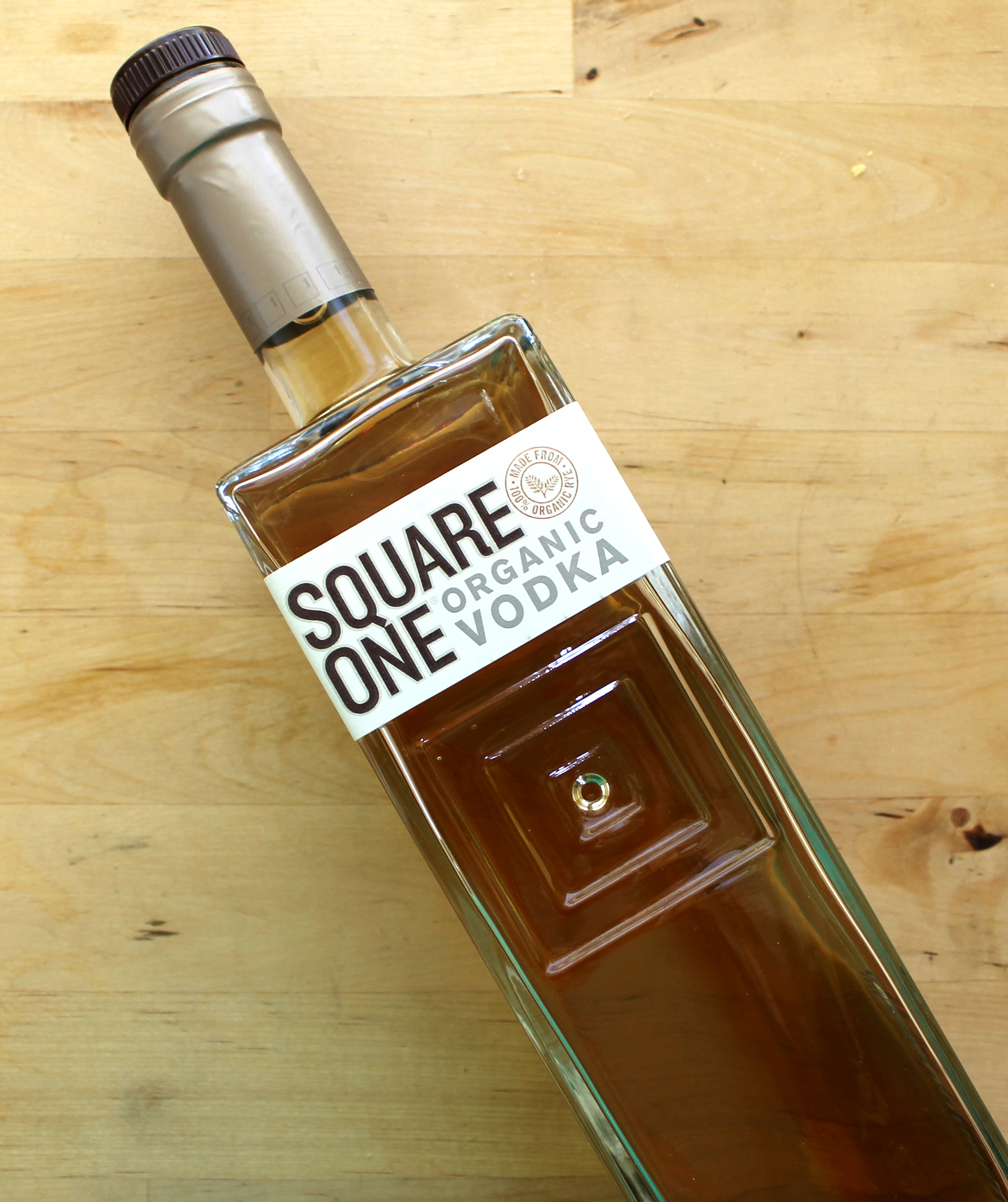Making homemade spirits sounds like an impossible task, given the equipment and jumps through regulatory hoops needed to produce a mere ounce of the stuff. And yes, DIYing your way to a fine rye whiskey without a distillery set-up at your fingertips is a fool’s errand. However, one only needs to look to the legal definition of one of summer’s best liquors — gin — to see that there is one option in reach.
Gin, by definition, is “a spirit that derives its predominant flavor from juniper berries.” (Thanks Wikipedia!) That’s it. There are some subcategories, the most common of which is “distilled gin,” which is produced by redistilling very strong alcohol in the presence of juniper berries and other, often proprietary botanicals. This is most of what you’ll find at your neighborhood liquor store. (There’s also London gin, genever and a few others.) But, technically, gin of the non-distilled sort (aka compound gin) can easily be made at home by infusing a neutral spirit with juniper and whatever else you want your gin to taste like. As long as it mainly tastes like juniper, it’s still (but not distilled) gin!
The only real catch is that infused gin will take on the color of whatever it is that you stick in there, so it will turn out looking more like a light-colored whiskey than a bottle of Bombay. But we’re not after appearances here, just delicious, delicious gin.
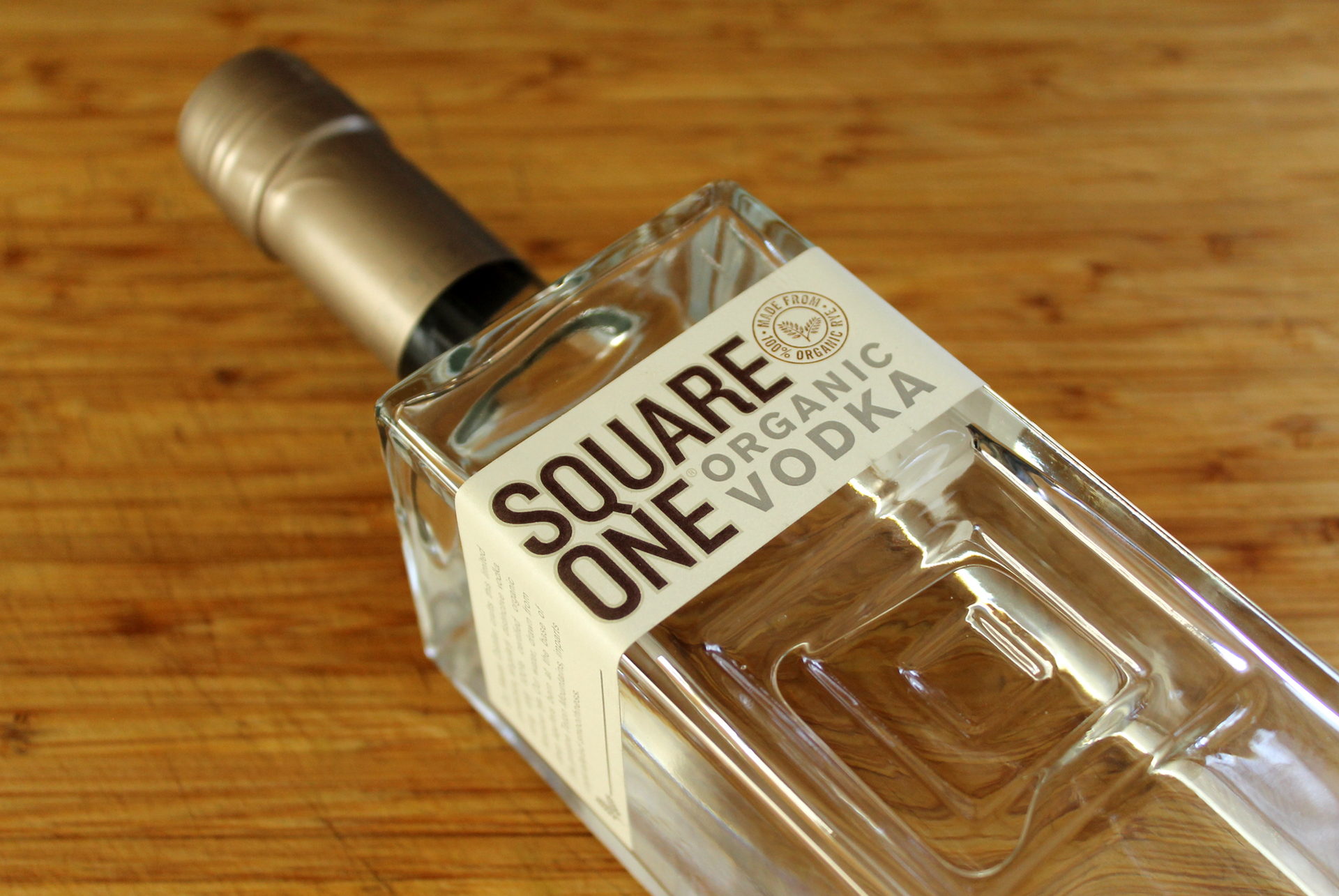
To start, head to your neighborhood liquor store and pick up a decent bottle of vodka. Some DIY gin recipes call for a high-proof grain alcohol because such spirits will extract flavors at a higher rate. However, you’d likely want to dilute the final product with a better-tasting, lower proof vodka afterward (high-proof alcohol simply tastes bad), which just seems like a waste of money, time and effort to me. So I like to start with something I’d drink on its own, but won’t break the bank.
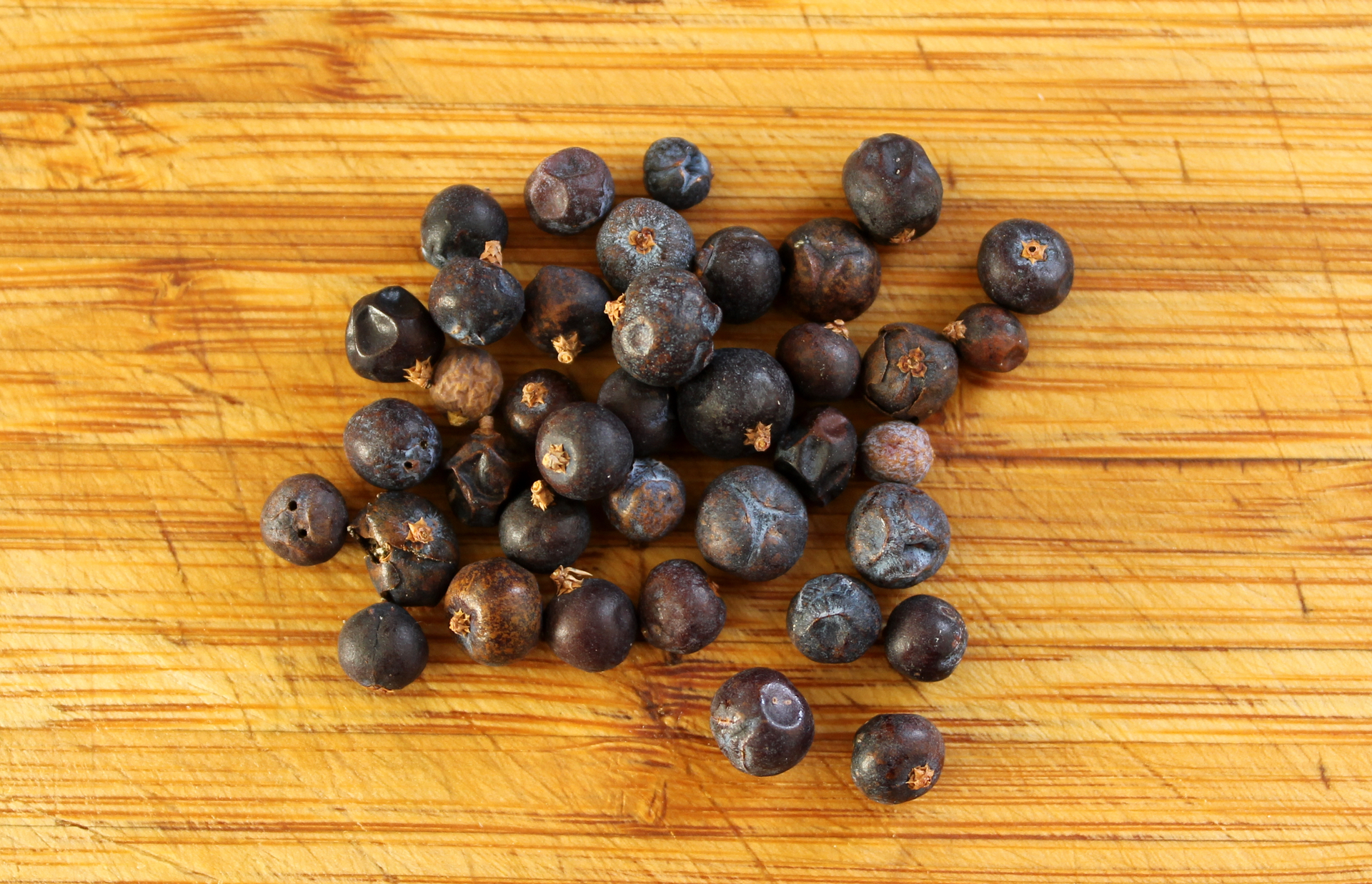
Next, pick out your botanicals. Obviously, you will need juniper berries, which aren’t terribly difficult to find. Bay Area spice company Spicely carries them, and you can find Spicely products in most grocery stores these days. Or you can order them online through Spicely or companies like Mountain Rose Herbs.
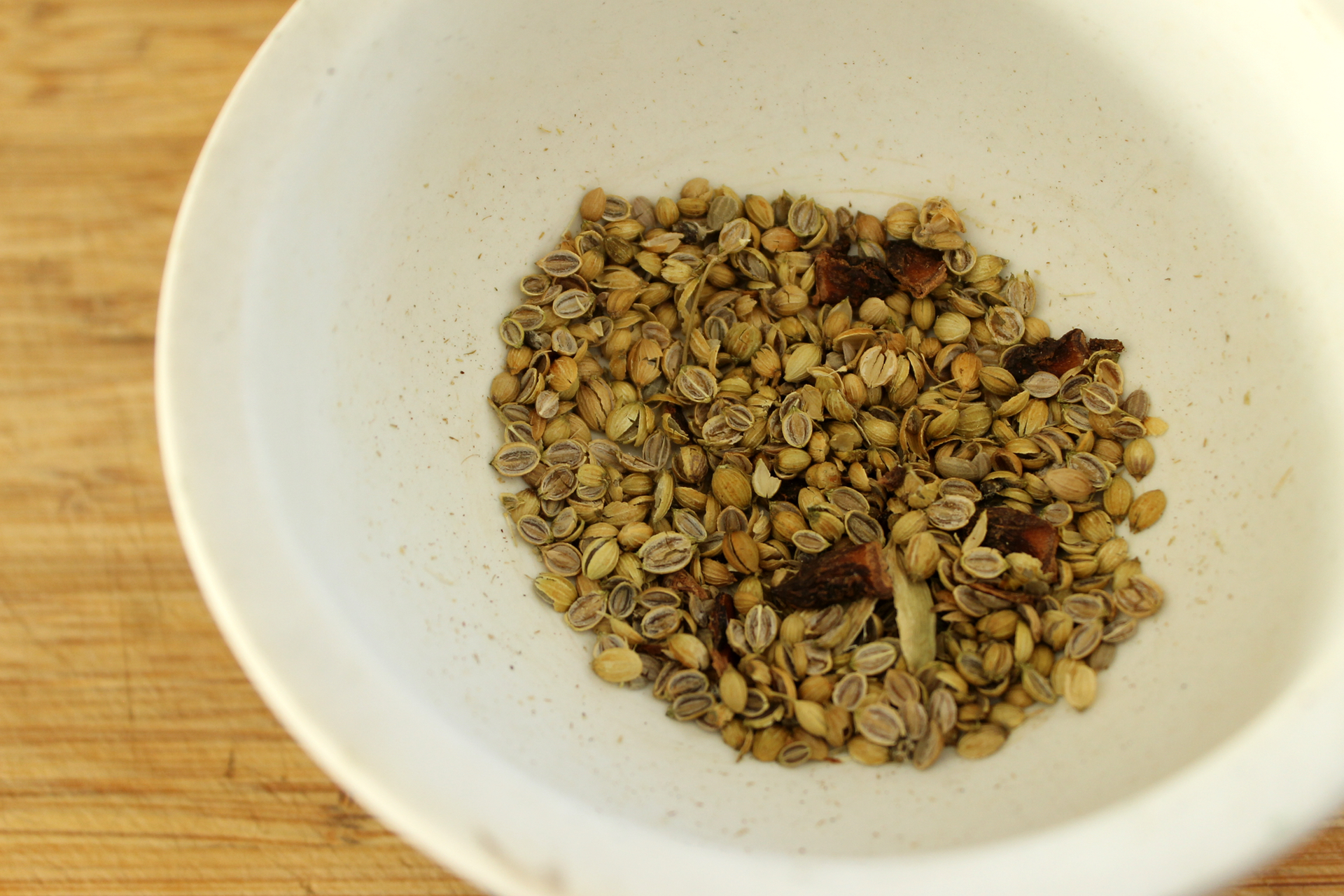
Along with juniper, I like the build the backbone of my DIY gin with floral spices like cardamom, coriander and star anise. These I gently crush in a mortar and pestle to release their flavors.
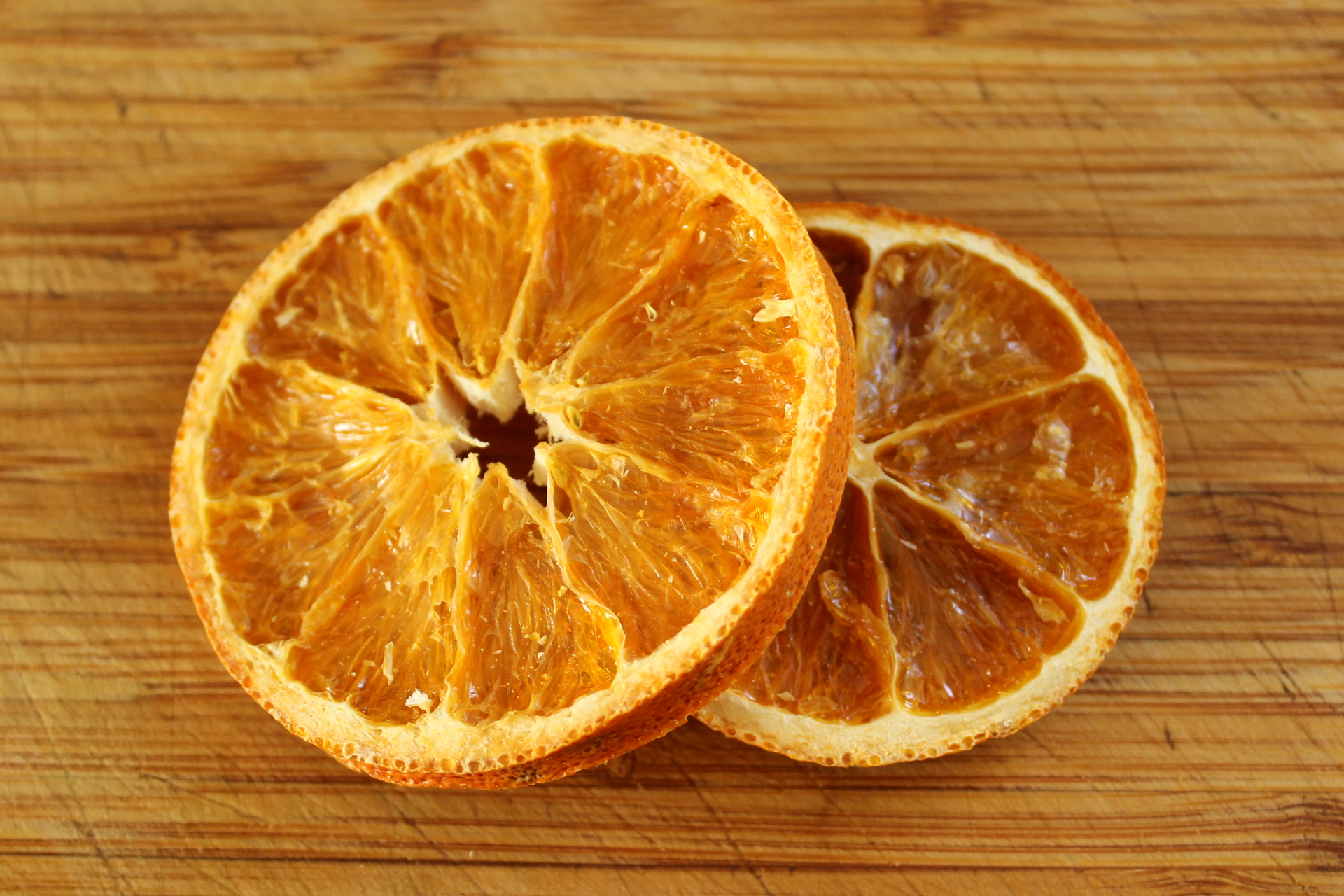
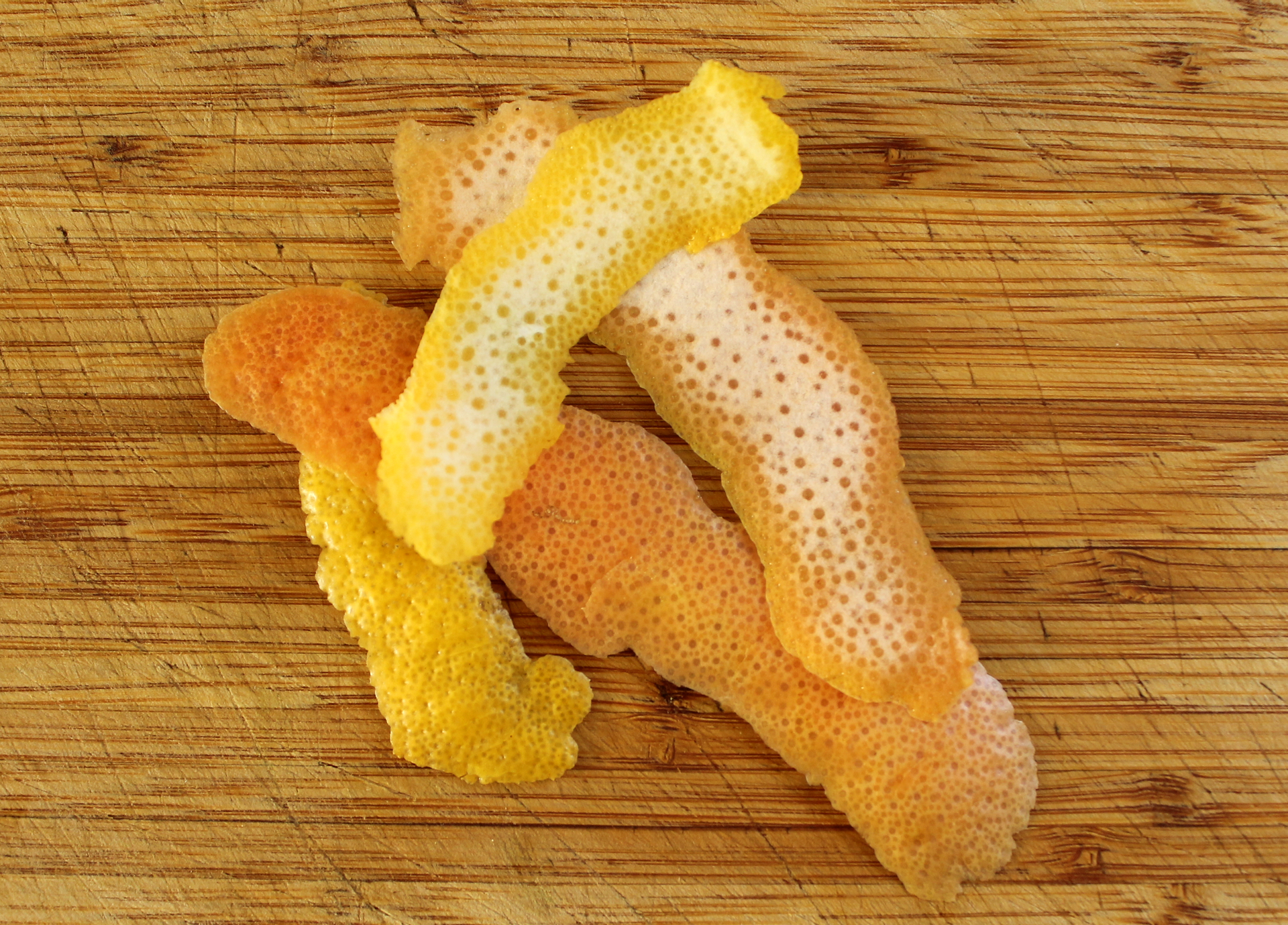
Finally, I really like citrusy gin (it works especially well in a gin and tonic), so I add a trio of citrus peels — lemon, grapefruit, and orange. Dried orange peels are especially nice to add because they have more concentrated bitterness. You can find dried oranges at Berkeley Bowl (remove the fruity center before using them in the infusion), or you can purchase dried orange peels at an herb shop like Lhasa Karnak or online. Dried lemon and grapefruit are harder to source, so I just use a couple of strips of fresh peel.
